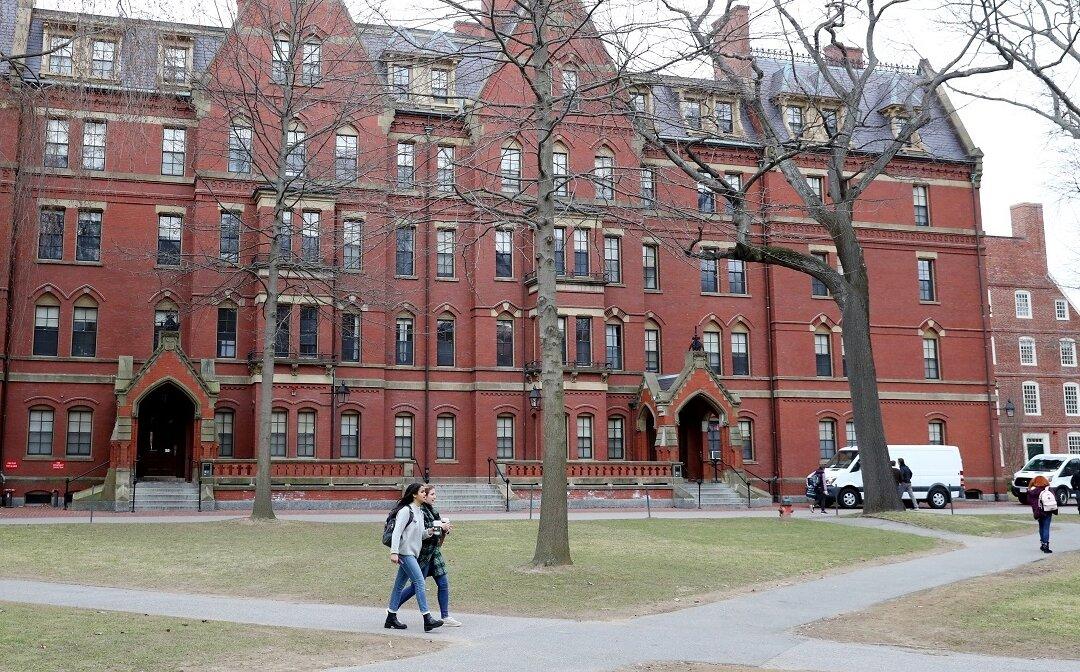The future of racial quotas in university admissions will depend largely on the outcome of one of the most hotly disputed and closely watched cases of the Supreme Court’s new term.
On Oct. 31, the court is scheduled to hear oral arguments in the long-running case of Students for Fair Admissions (SFFA) v. President and Fellows of Harvard College, which will address the use of race-based admissions policies not only at Harvard but at the University of North Carolina (UNC) at Chapel Hill.





